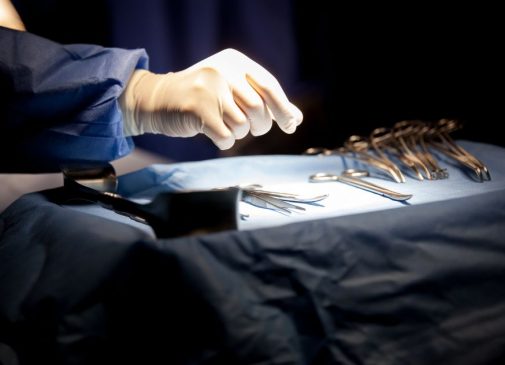
A hysterectomy is the only permanent solution to uterine fibroids. Each year in the United States, doctors perform about 300,000 hysterectomies on women with uterine fibroids. The surgery involves the removal of part or all of the uterus, is one of the most prevalent among adult women, and is the second most common operation among women of childbearing age. However, this isn’t the optimum choice for women who eventually want to have children.
Many women with fibroids don’t experience discomfort. However, the condition can be dangerous if the tumors grow and press on organs, block the fallopian tubes, or trigger heavy menstrual bleeding or chronic pain in the pelvic area.
“Patients seeking information about fibroid treatment other than removing their uterus tell us that they have received little if any information on hysterectomy alternatives and the risks that a major surgery poses,” says Yan Katsnelson, M.D., founder of Fibroid Fighters Foundation. Fibroid Fighters is an advocacy group dedicated to educating the public about the impact of fibroid disease.
Read more here.







